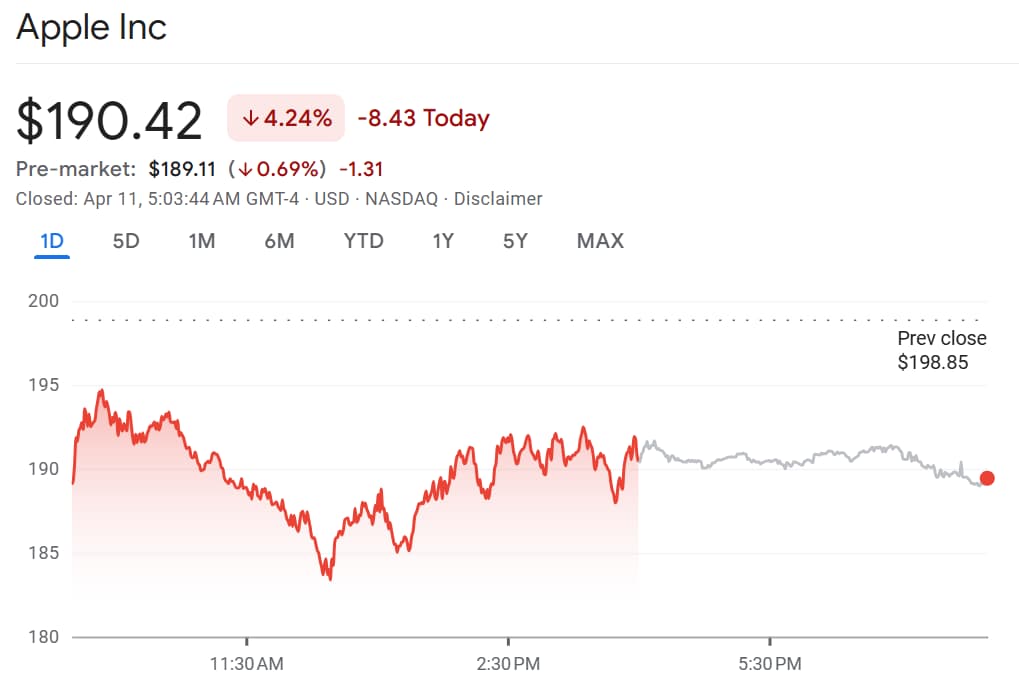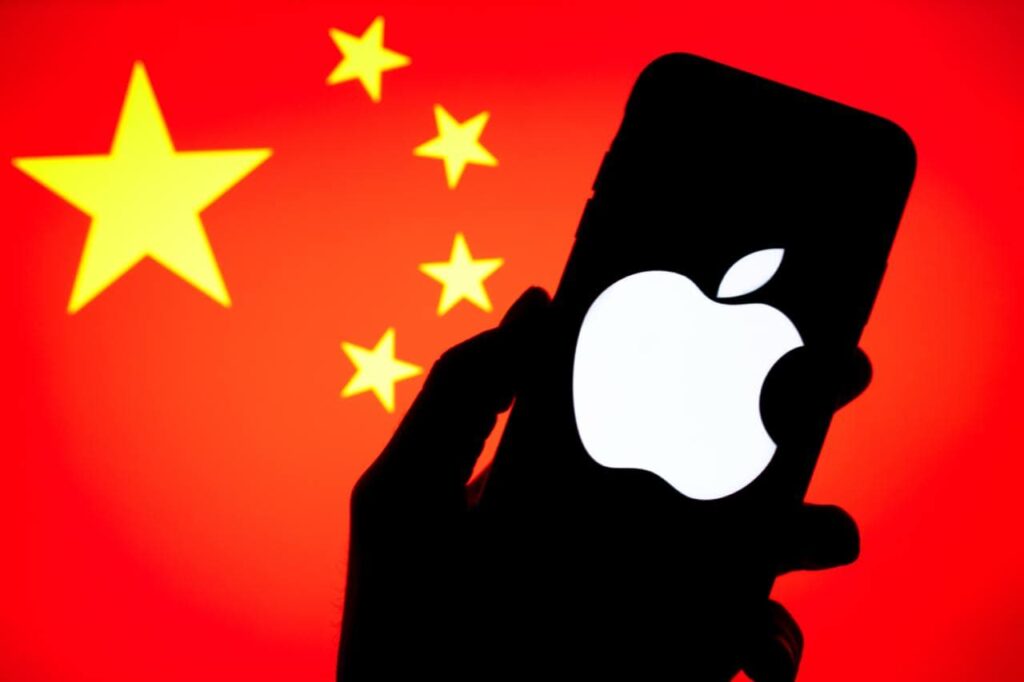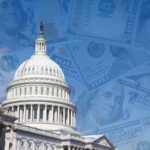Will your next iPhone cost more? President Donald Trump’s 90-day tariff pause has eased pressure on many companies, but Apple (NASDAQ: AAPL) isn’t catching a break.
Caught in the U.S.-China trade war, the tech giant faces skyrocketing costs due to its reliance on Chinese manufacturing. With U.S. tariffs on Chinese imports hitting 145%, nearly 80% of iPhones sold in the U.S. still assembled in China are at risk of price hikes. Here’s what it means for Apple and you.
Apple’s Plan B: Moving production to India
The company has reportedly flown 600 tonnes of iPhones, or around 1.5 million units, from India to the U.S. since March, as part of a broader push to ramp up manufacturing outside China. Trump’s temporary tariff pause sets a 10% baseline on Indian imports for now, giving Apple some short-term relief. But can India keep up?
While this provides limited support, the long-term outlook remains uncertain, particularly if trade tensions extend or broaden. Rising trade tensions could also disrupt Apple’s supply chain or spark consumer backlash in China, which remains a key growth market.
At the same time, Apple’s efforts to expand manufacturing in countries like India, Vietnam, and Thailand have gained momentum but are not yet at the scale needed to replace Chinese output.
Production of premium models in India only began last year, and it could take years before these facilities are able to meet full demand from key markets.
What’s at risk for Apple?
UBS analysts estimate that to maintain margins under the current Chinese tariff rate, Apple would need to significantly raise iPhone prices potentially by up to 30% on some models. Absorbing the costs internally would impact profitability, while passing them on to consumers risks weakening demand.
According to Wedbush analyst Dan Ives, China remains the ‘biggest X variable’ related to the company’s future with ongoing geopolitical tensions threatening to disrupt both its supply chain operations and consumer demand.
Shifting manufacturing to the U.S. a suggestion publicly floated by Trump is not seen as viable. Estimates indicate that producing iPhones entirely in the U.S. could drive their retail price to around $3,500.
Apple’s exposure to these trade headwinds is already reflected in its stock performance. Shares closed at $190.42 on April 11, down 4.24% for the day.

Year-to-date, Apple stock has dropped 23%, and it has lost nearly 15% since April 2, when Trump first announced the latest tariff package falling from $223 to current levels.
Featured image via Shutterstock








